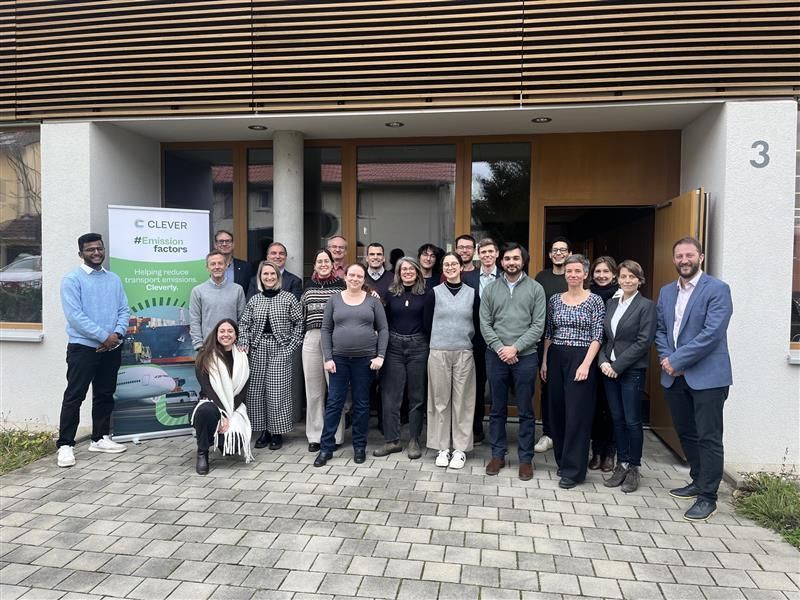
Reforming safety practices to avoid derailing public transport
Safety systems in public transport keep it (quite literally) on track!
As we demonstrated last week, with the five innovations that make public transport more resilient, sustainable urban mobility is evolving and the sector is constantly innovating.
One central aspect of resiliency is ensuring transport is safe and secure for both employees and passengers. They go hand in hand to restore confidence in the sector, as part of the ‘new normal’ and especially in response to the increasing number and variety of threats for public transport operators and authorities: from cyberattacks to terrorist threats.
UITP knows that only by stakeholders working together can effective prediction and responses be made. Which is why, through several EU-funded research projects, UITP is working with other actors within the transport sector as well as stakeholders in critical infrastructure services such as security and law enforcement agencies, research institutes and city governments to tackle security threats and ensure public transport keeps running smoothly.
Detection and identification of suspicious activity
According the UITP’s latest threat monitor survey, 50% of the operators questioned frequently report suspicious objects on their metro networks. Such objects are mostly left by individuals by mistake. But considering the grave danger that they may pose, they can cause major costs to transport networks and equally cost them passenger confidence due to disruptions.
PREVENT PCP is a project focusing on the pre-commercial procurement of solutions to pre-empt attacks by enabling earlier detection of terrorists and potentially dangerous objects, tracking of detected individuals and coordinating the security response.
The project is still on the look our for solutions providers, with an impressive €9.5 million available to invest in AI-based technologies for safety in public transport. For those interested in providing such solutions, the contract notice will be available this week on the website

Enriching the knowledge of transport safety and emergency procedures
By bringing special security services and the public transport sector around the table, the SAFE BUS project is making sure that all transport providers have access to knowledge about transport safety and emergency procedures.
Coordinated by UITP, the project will introduce new training initiatives on the security of public bus transportation systems for both managers and bus drivers, enrich safety procedures and implement ready to use recommended solutions.
Furthermore, SAFE BUS will contribute to creating joint concepts in the field of security and harmonised standards for public spaces management for EU countries.
Having only launched recently, the project has introduced an advisory board to bring together national security authorities and special forces to participate in knowledge exchange events and workshops, contributing to the project’s outcomes.
The public character and open nature of public transport means that safety and security of passengers are predominant factors in our sector. The power of the Safe Bus project is in cross-sectorial approach, whereby the strengthened cooperation between the bus sector and security community supports valuable knowledge exchange, better application of instruments, and in the end a safer bus landscape.
Machine learning for preparedness and resilience enforcement of critical infrastructure
EU Critical Infrastructures (CIs) are increasingly at risk from cyber-physical attacks and natural hazards. Research and emerging solutions focus on the protection of individual CIs, however, the interrelationships between CIs has become more complex, for example in smart cities and enabling rapid recovery is becoming more pertinent and highly challenging. A comprehensive approach is needed to secure existing and future CI systems.
PRECINCT aims to connect private and public CI stakeholders in a geographical area to a common cyber-physical security management approach which will yield a protected territory for citizens and infrastructures, a ‘PRECINCT’ that can be replicated efficiently. Based on the nature of the work, testing and validation will be implemented through digital twins and serious game approach. This means that vulnerabilities and associated stakeholder services can be detected in a real-life real-time context.
Living labs will start early next year to test various use cases.

exclusive resources









